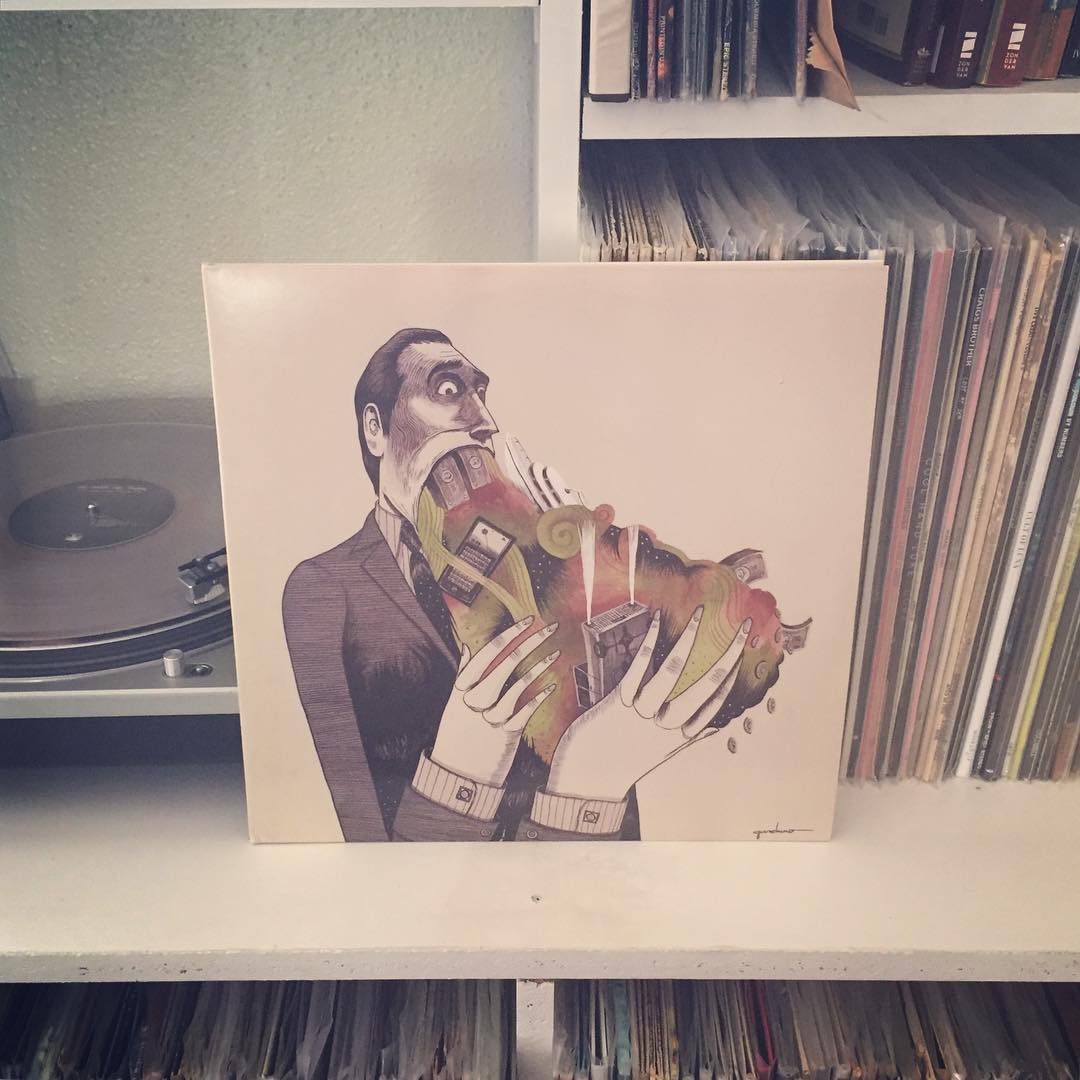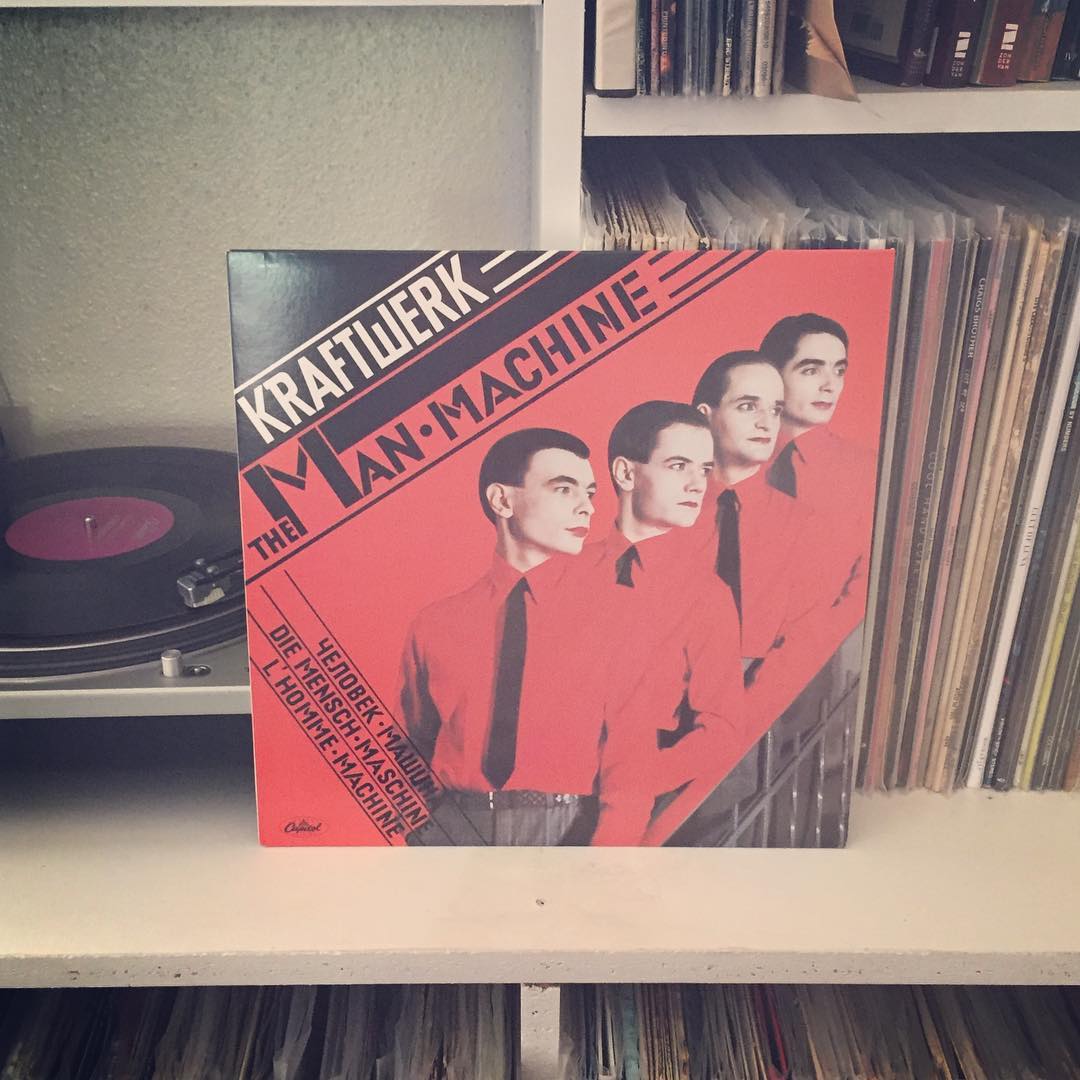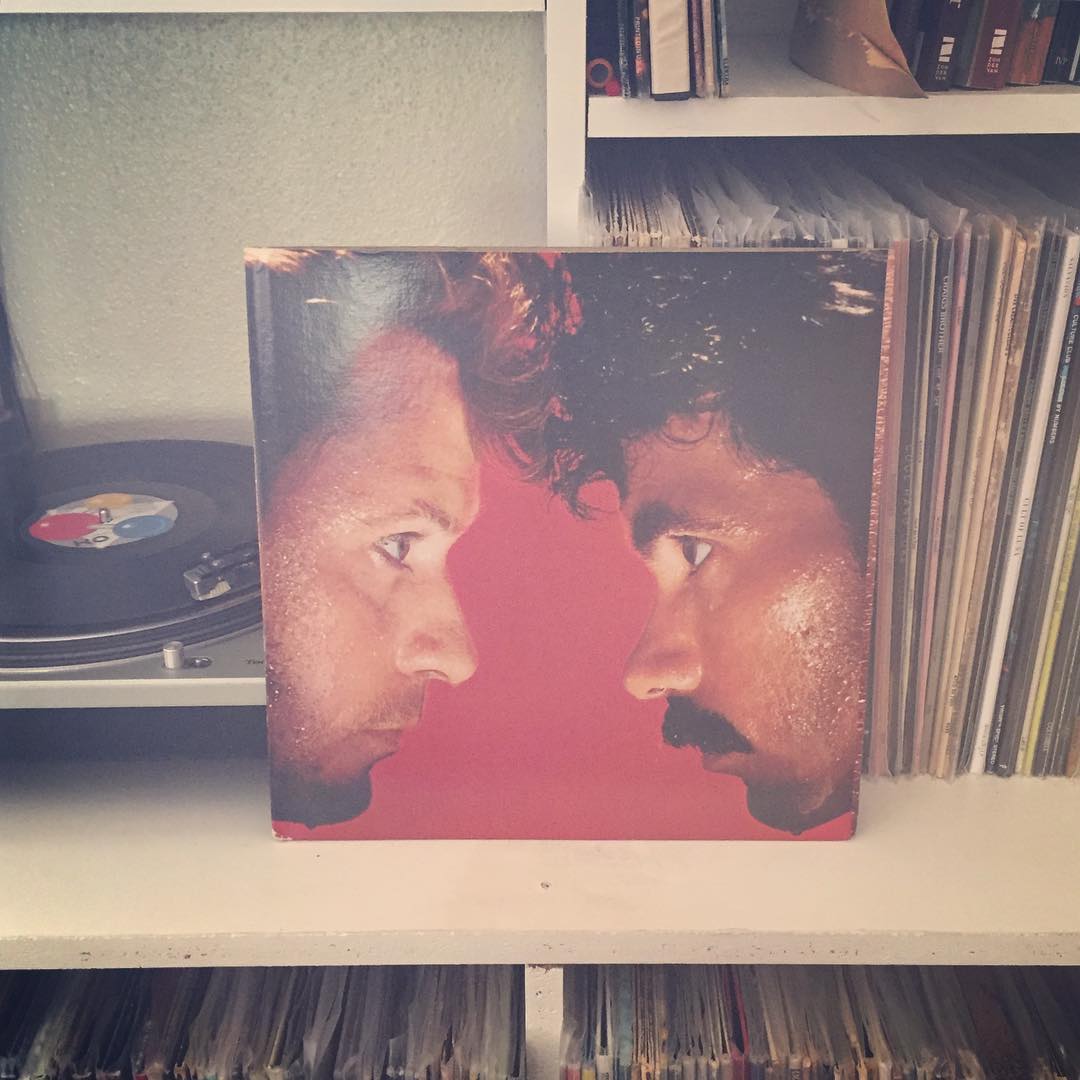 I have a fever, and the only prescription is more cowbell.
I have a fever, and the only prescription is more cowbell.
Immortal comedy sketches aside, I’ve never been too terribly aware of Blue Öyster Cult. So my expectations for Agents of Fortune were a blank slate.
 I have a fever, and the only prescription is more cowbell.
I have a fever, and the only prescription is more cowbell.
Immortal comedy sketches aside, I’ve never been too terribly aware of Blue Öyster Cult. So my expectations for Agents of Fortune were a blank slate.
 Despite their indelible place in rock and roll history, this is only the second Aerosmith record to pass through my record collection. Their debut, Dream On, came and went without much of an impression.
Despite their indelible place in rock and roll history, this is only the second Aerosmith record to pass through my record collection. Their debut, Dream On, came and went without much of an impression.
Toys in the Attic, however, is a much more memorable beast.
 Often, when a band jumps between genres, it betrays a lack of self-awareness—a sign that they have no idea what their voice sounds like.
Often, when a band jumps between genres, it betrays a lack of self-awareness—a sign that they have no idea what their voice sounds like.
But on As Tall As Lion’s swan song, that couldn’t be further from the truth.
 Throughout their career, Kraftwerk had operated in the tension between their humanity and the cold mechanical tools they employed to compose their music.
Throughout their career, Kraftwerk had operated in the tension between their humanity and the cold mechanical tools they employed to compose their music.
But on The Man-Machine, they fully embrace their robotik tendencies without apology.
 While Autobahn found Kraftwerk embracing a more robotik sound than their early largely-improvised avant-garde Krautrock, it still had a few fleshy bits sticking to its chrome exoskeleton.
While Autobahn found Kraftwerk embracing a more robotik sound than their early largely-improvised avant-garde Krautrock, it still had a few fleshy bits sticking to its chrome exoskeleton.
Trans-Europe Express finds their cybernetic mutation nearly complete.
 Before there was Daft Punk, there was Kraftwerk. The storied German electronica pioneers were playing with vocoders and pretending to be robots decades before the French duo picked up their LED-infused helmets.
Before there was Daft Punk, there was Kraftwerk. The storied German electronica pioneers were playing with vocoders and pretending to be robots decades before the French duo picked up their LED-infused helmets.
But Kraftwerk wasn’t always the inorganic collective they’re remembered for. And while Autobahn is the first album to feature their signature robotic sound, it doesn’t stay there forever.
 In the last few months, after decades of ignorance, I’ve developed a strange fascination with the pop duo Hall & Oates. Judging by their enduring (and excellent) singles that still dominate “Hits of Yesterday and Today” stations, I had expected their output to stick pretty close to the middle of the road.
In the last few months, after decades of ignorance, I’ve developed a strange fascination with the pop duo Hall & Oates. Judging by their enduring (and excellent) singles that still dominate “Hits of Yesterday and Today” stations, I had expected their output to stick pretty close to the middle of the road.
I was wrong.
 It was tough out here for a punk kid in the early 2000s looking for new music. Internet speeds to support streaming would take years to develop. We had Napster, but we it took hours to download a single song.
It was tough out here for a punk kid in the early 2000s looking for new music. Internet speeds to support streaming would take years to develop. We had Napster, but we it took hours to download a single song.
My go-to method was to read articles about bands I already liked and pay attention to their influences. And as I pored over articles, three names kept coming up: Sunny Day Real Estate, Fugazi, and Jawbox.
SDRE and Fugazi became instant obsessions. And when I started collecting more seriously, they were among the first discographies I looked for. But somehow, this is the first Jawbox album I’ve added to my collection (barring a CD copy of Novelty I bought on the cheap, and a CD of this album I found at Goodwill).
I can’t tell you why it took me so long to buy this record, but it doesn’t deserve it.

The year is 2000. I’m a nerdy kid who’s been transitioning from listening to nothing but Weird Al to getting into harder stuff like punk and hardcore.
As much as I loved heavier stuff like Zao and Project 86 (Drawing Black Lines is still an incredible album, fight me), there wasn’t really an output for my wacky sense of humor.
Then, on a youth trip to Washington DC, I discovered ska.
 Austin, TX natives Explosions in the Sky have long been celebrated as the standard bearers of patient, cinematic guitar-led, climax-chasing post rock.
Austin, TX natives Explosions in the Sky have long been celebrated as the standard bearers of patient, cinematic guitar-led, climax-chasing post rock.
Their huge delay-soaked guitar riffs and narrative-based composition have led them to write a number of soundtracks.